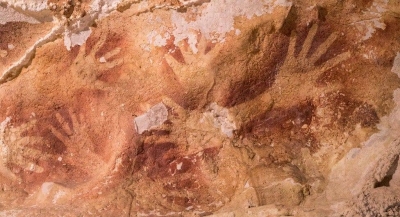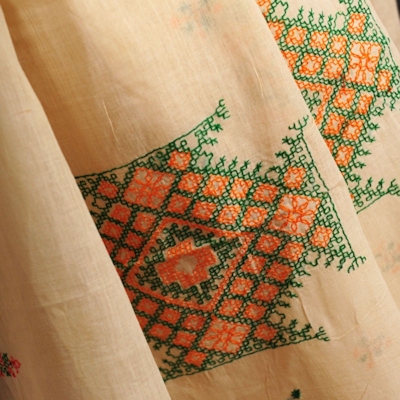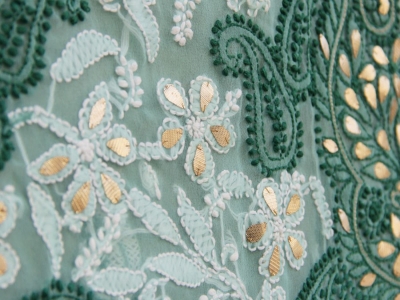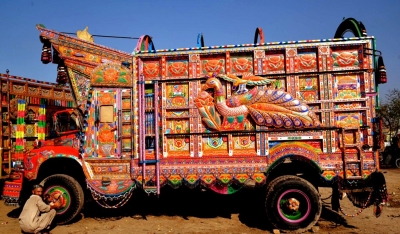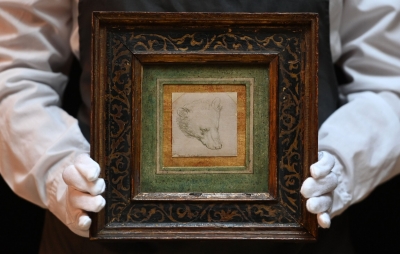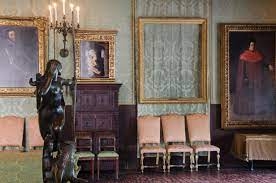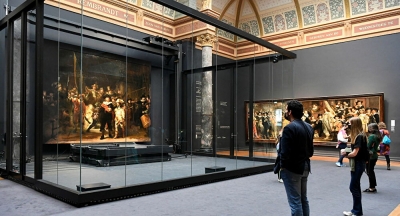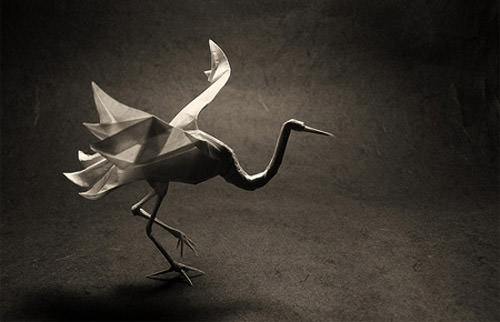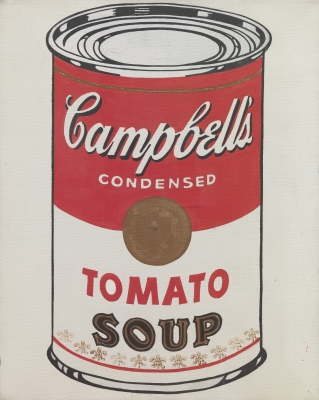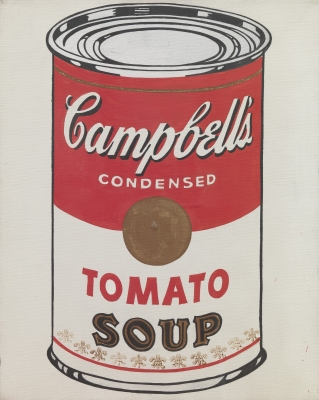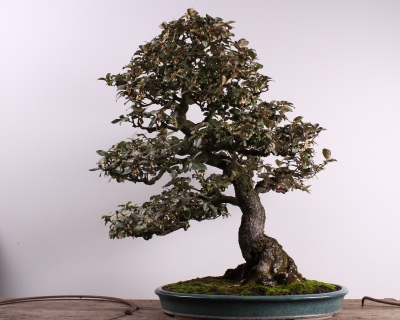What is shadowgraphy?
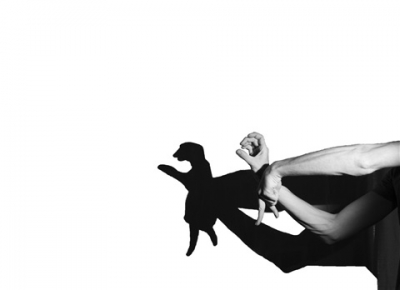
Have you ever made a shadow figure on the wall using your hand and a light source? Perhaps a dog or a rabbit? If so, you've already had some experience with shadow puppetry!
This magic of light and dark has transfixed the people for years together. Known as shadowgraphy or ombromanie, this ancient art was recently used by the United Nations to promote the message of climate change during the Climate Week.
Hand shadowgraphy is an ancient form of puppetry in which the puppeteer uses his hands to cast shadows of animals, people and other objects onto a flat surface. The light source can be anything a candle, an LED, or a torch. The shadows are projected onto a white screen either from the front or the back.
History of shadowgraphy
Historians believe that shadowgraphy is one of the oldest forms of art. Shadow puppetry existed in Indonesia around 850 AD and in China during the Tang Dynasty (618-907).
The art was introduced to Europe by travellers returning from China who had seen the Chinese puppet theatre shows. The first "ombres chinoises were presented in Paris in 1776 by Dominique Seraphin, but this involved only two-dimensional cut-out "puppets" made from various materials.
UNESCO World Heritage
Over the years, different forms of shadowgraphy have developed around the world. In 2011, Chinese shadow puppetry was inscribed on the Representative List of the Intangible Cultural Heritage of Humanity.
Chinese shadow puppetry performances involve colourful silhouette figures made of leather or paper, and are accompanied by music and singing. Puppeteers using rods create the illusion of movement of the images on a translucent cloth screen illuminated from behind.
Picture Credit : Google
